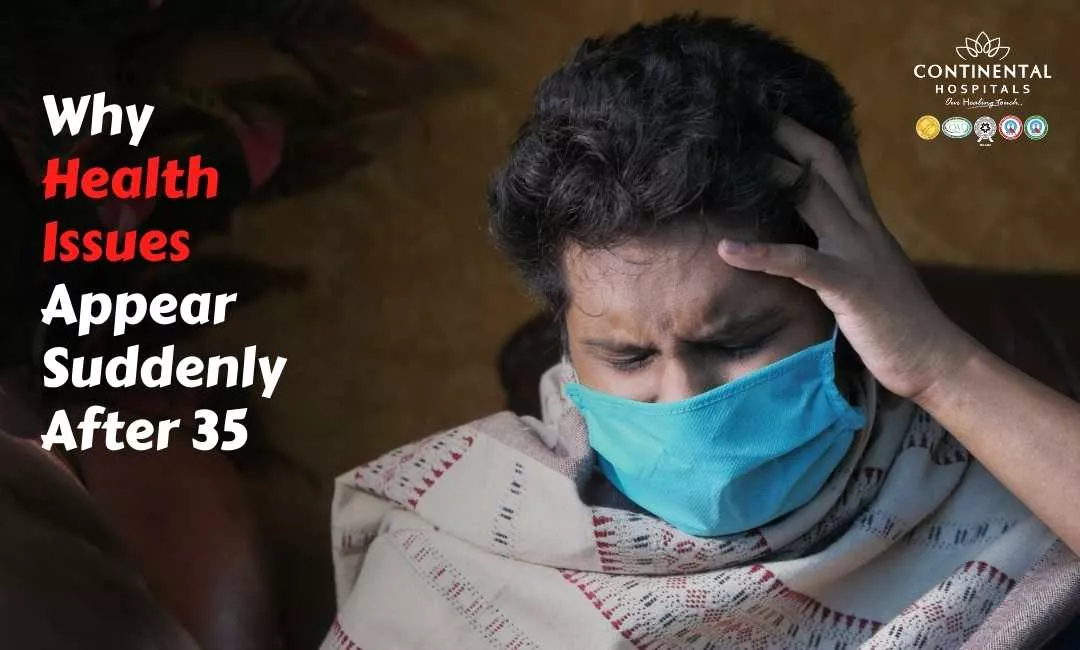Mpox, previously known as monkeypox, is a viral disease caused by the Mpox virus, which belongs to the Orthopoxvirus genus. The disease was first identified in monkeys but can infect various animals and humans. While Mpox is relatively rare, its outbreaks can be concerning due to their potential for rapid spread and impact on public health. Understanding the early warning signs of Mpox outbreaks is crucial for effective monitoring, prevention, and control.
What is Mpox?
Mpox is characterized by symptoms similar to smallpox, although generally less severe. It is zoonotic, meaning it can be transmitted from animals to humans, and can also spread from human to human through direct contact with bodily fluids or contaminated materials. The disease is endemic in parts of Africa but has seen sporadic cases in other regions.
Early Warning Signs of Mpox
Initial Symptoms:
The onset of Mpox often starts with flu-like symptoms. Early signs include:
Fever: One of the first symptoms, often accompanied by chills.
Headache: A severe headache is common, and can be persistent.
Muscle Aches: Generalized muscle pain and fatigue may occur.
Fatigue: Patients may experience tiredness and weakness.
Rash Development:
A key feature of Mpox is the development of a distinctive rash. This typically progresses through several stages:
Early Rash: Begins as small, flat spots on the skin.
Papules: Spots evolve into raised bumps.
Vesicles: Bumps turn into fluid-filled blisters.
Pustules: Blisters become pus-filled.
Scabs: Lesions eventually dry up and form scabs, which eventually fall off.
The rash usually appears a few days after the initial flu-like symptoms and often starts on the face before spreading to other parts of the body.
Lymphadenopathy:
Swollen lymph nodes are a common symptom of Mpox and can be one of the earliest signs of infection. This can be particularly notable in the lymph nodes of the neck, armpits, and groin.
Respiratory Symptoms:
While not as common as the rash, some patients may experience mild respiratory symptoms such as cough, sore throat, or nasal congestion. These symptoms are usually less pronounced compared to those seen in diseases like influenza.
Importance of Early Detection
Early detection of Mpox is vital for several reasons:
Preventing Spread:
Early identification allows for prompt isolation of affected individuals, reducing the risk of transmission to others. This is especially important in controlling outbreaks and preventing widespread disease.
Effective Treatment:
Though Mpox is generally self-limiting, early detection ensures that supportive care and symptom management can be provided. In severe cases, antiviral treatments may be administered.
Public Health Response:
Recognizing the early signs of Mpox helps public health authorities implement control measures swiftly. This includes contact tracing, vaccination campaigns, and public awareness efforts.
How to Prevent Mpox?
Preventing Mpox (formerly known as monkeypox) involves a combination of personal hygiene practices, awareness, and vaccination. Here are some key steps to help reduce the risk of infection:
Vaccination: If available, get vaccinated. Mpox vaccines are effective in preventing the disease and are recommended for individuals at higher risk.
Good Hygiene: Practice good hand hygiene by washing your hands regularly with soap and water, or using an alcohol-based hand sanitizer.
Avoid Close Contact: Avoid close contact with individuals who have Mpox symptoms or who have been diagnosed with the disease. Mpox can spread through direct contact with lesions, bodily fluids, or contaminated surfaces.
Avoid Contact with Animals: Mpox can be transmitted from animals to humans. Avoid contact with animals that may carry the virus, especially if they are sick.
Protective Measures: Use personal protective equipment (PPE) if you are caring for someone with Mpox or if you are in a high-risk environment.
Disinfect Surfaces: Regularly clean and disinfect surfaces and objects that may be contaminated with the virus.
Stay Informed: Keep up-to-date with health advisories and guidelines from public health authorities regarding Mpox.
Mpox outbreaks, while relatively rare, pose a significant public health concern due to their potential for rapid spread and impact. Recognizing the early warning signs—such as increased incidence of cases, unusual rash patterns, animal cases, travel history, unusual case profiles, and community factors—is crucial for timely intervention. By implementing effective response strategies, including surveillance, public awareness, healthcare provider training, and preventive measures, we can better manage and mitigate the impact of Mpox outbreaks. Staying vigilant and prepared is key to safeguarding public health and preventing the spread of this infectious disease.
.webp)














